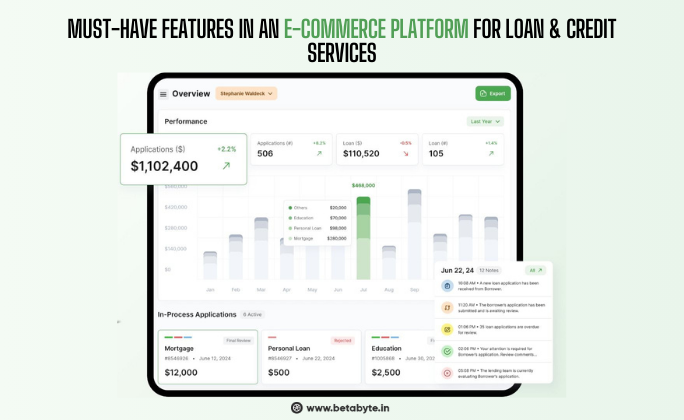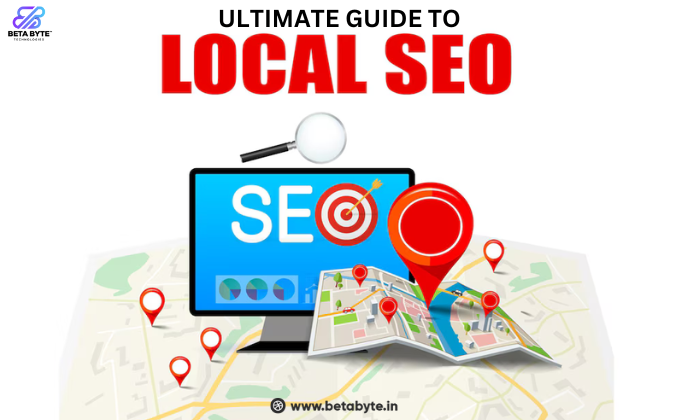Website Development
Developing a Website to Engage With Your Target Audience
 Published on
May 15, 2024
Published on
May 15, 2024

Your website is like a bridge, connecting your business to your audience. It's not just about looks or how it works; it's about making something that feels right for the people who visit.
In this blog, we'll explore strategies for developing a website that truly connects with your target audience
Understand Your Audience
Before embarking on the website development process, it's crucial to gain a deep understanding of your target audience. Who are they? What are their needs, preferences, and pain points? What challenges are they facing, and how can your website address those challenges? Conduct thorough market research, gather demographic data, and create detailed buyer personas to guide your website development efforts.
Tailor Your Content
Once you have a clear understanding of your target audience, tailor your website content to resonate with them. Speak their language, address their concerns, and showcase how your products or services can solve their problems or improve their lives. Use compelling visuals, and user-friendly navigation to engage visitors and keep them on your site longer.
Focus on User Experience
User experience (UX) plays a crucial role in determining whether visitors stay on your website or bounce away. Optimize your website for usability and accessibility, ensuring that it loads quickly, is mobile-responsive, and easy to navigate. Pay attention to intuitive design elements, clear calls-to-action, and streamlined pathways to conversion. A positive user experience fosters trust and encourages visitors to explore further.
Create Personalized Experiences
Incorporate personalization into your website to make visitors feel valued and understood. Use data-driven insights to deliver relevant content, product recommendations, and offers based on each visitor's preferences and behavior. Implement features such as dynamic content blocks, personalized messaging, and targeted promotions to enhance the user experience and drive engagement.
Build Community and Engagement
A successful website goes beyond transactional interactions; it fosters community and engagement among your target audience. Incorporate social proof elements such as customer testimonials, reviews, and case studies to build credibility and trust. Encourage user-generated content, foster discussions through blog comments or forums, and provide avenues for visitors to connect with your brand and with each other.
Optimize for Search Engines
Ensure that your website is optimized for search engines (SEO) to attract organic traffic and improve visibility in search engine results pages (SERPs). Conduct keyword research to identify relevant search terms used by your target audience, and optimize your website content, meta tags, and URLs accordingly. Regularly update your content, leverage internal linking, and earn backlinks from reputable sources to improve your search engine rankings over time.
Track and Analyze Performance
Finally, track and analyze the performance of your website using web analytics tools such as Google Analytics. Monitor key metrics such as traffic, bounce rate, conversion rate, and user engagement to gain insights into how visitors are interacting with your site. Use this data to identify areas for improvement, refine your strategies, and continuously optimize your website to better connect with your target audience.
In conclusion, developing a website that connects with your target audience requires a deep understanding of their needs, preferences, and behaviors. By tailoring your content, focusing on user experience, creating personalized experiences, fostering engagement, optimizing for search engines, and tracking performance, you can create a website that effectively engages and resonates with your target audience, driving meaningful interactions and conversions.
Ready to develop a website that connects with your target audience? Contact us today to learn how we can help you achieve your goals.













